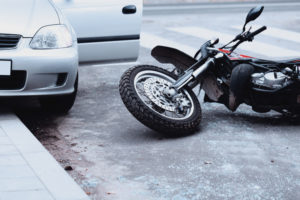For some time now, the Minnesota Department of Transportation has been urging Minnesotans to learn how to Zipper merge.
http://www.youtube.com/watch?v=ZcPby71TNC0
- Reduces differences in speeds between two lanes.
- Reduces the overall length of traffic backup by as much as 40 percent.
- Reduces congestion on freeway interchanges.
- Creates a sense of fairness and equity that all lanes are moving at the same rate.
Most opponents seem to argue that they like just driving down the one lane while everyone backs up. So, it is at best a selfish argument.
I have been thinking about whether it meansa faster trip. In both cases, there is some type of merge and thereare the same numbers of cars, so probably not. However, looking at the above list, it really isn't an argument for time. It is for efficiency and a feeling of fairness. You don't have the problems created by watching cars zoom past in the other lane or fights about letting them back in.
I also like the control. It will cut down on the collisions that take place at the last minute as people force their way back in or are going way too fast when they rush down a side.
The state website looked at two other big questions:
So I'm supposed to merge late?
Yes! As you see the “lane closed ahead” sign and traffic backing up, stay in your current lane up to the point of merge. Then take turns with other drivers to safely and smoothly ease into the remaining lane. Don't worry about being "Minnesota nice." When traffic is heavy and slow, it is much safer for motorists to remain in their current lane until the point where traffic can orderly take turns merging.
When not to do the zipper merge
When traffic is moving at highway speeds and there are no backups, it makes sense to move sooner to the lane that will remain open through construction. The bottom line is to merge when it is safe to do so
The Minneapolis Tribune in a recent article also pointed out:
The zipper merge is aimed at curbing such behaviors as queue jumping, in which drivers move from the slower lane into the faster lane and then back to the slow lane closer to the merge point. It’s also aimed at preventing motorists who are in the faster lane from stopping abruptly and forcing their way into traffic. Some play “self-appointed trooper” and straddle the lanes so others can’t pass by. Motorists who impede traffic can be ticketed, said Lt. Eric Roeske of the State Patrol.
The more I learn about the idea, the more it makes sense. So hopefully, the increased education will make a difference on Minnesota roads.

A founding partner with Bradshaw & Bryant, Mike Bryant has always fought to find justice for his clients—knowing that legal troubles, both personal injury and criminal, can be devastating for a family. Voted a Top 40 Personal Injury "Super Lawyer" multiple years, Mr. Bryant has also been voted one of the Top 100 Minnesota "Super Lawyers" four times.










Comments for this article are closed.